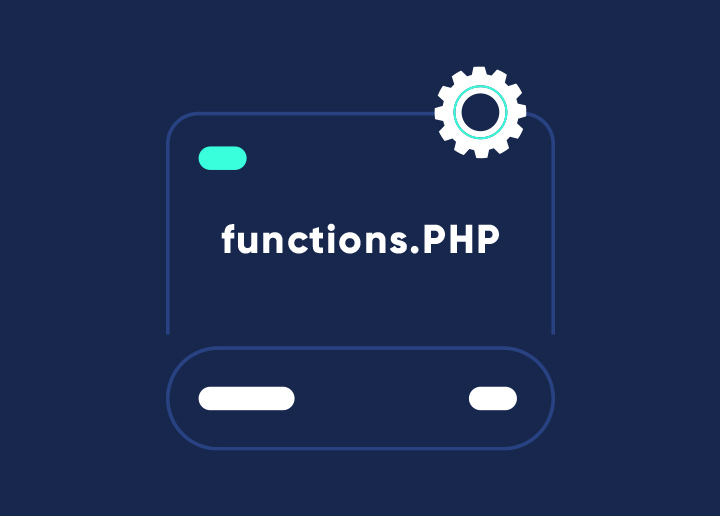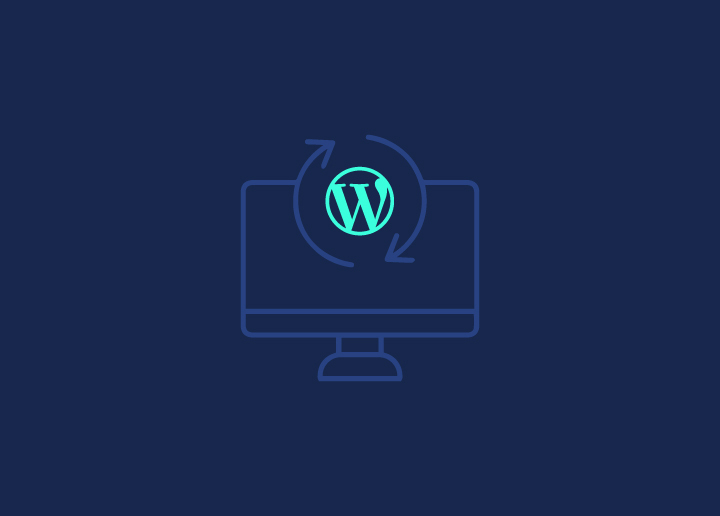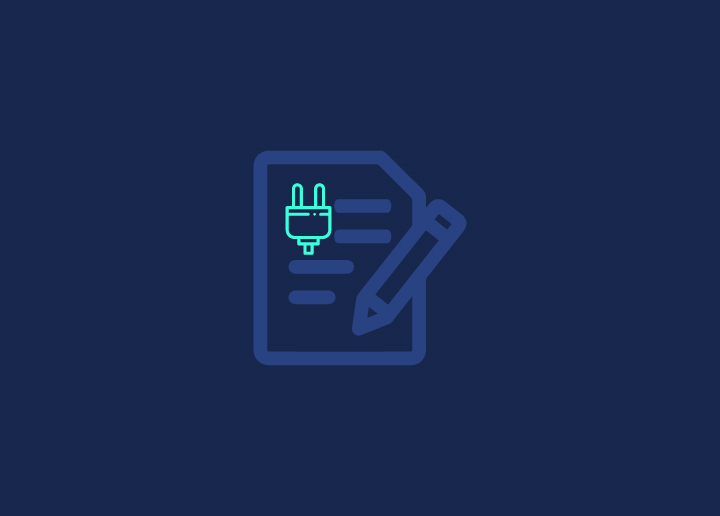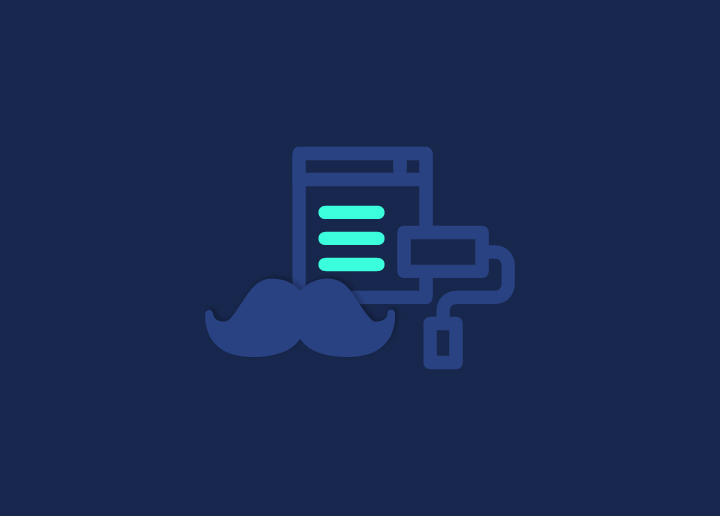WordPress is written on PHP, a widely-used programming language, particularly in web development.
It allows for the user’s programming interfaces, data retrieval, and HTML output.
Such code is very flexible and can be readily altered by developers with little experience, enabling the user to modify the site to make it seem the way the firm wants it to look. How can this be done swiftly and efficiently? For that, functions.php is used.
Functions.php is a routinely loaded file when the free or paid theme is installed and activated on your website. You may edit it to add items to your sites to enhance loading speed, track visits, or for various other reasons.
To put it another way, the file enables you to add new code to your website or use existing code in several ways.
This makes it identical to a plugin, except that functions.php is attached to a single theme.
If you wish to alter or replace your template, you risk losing whatever modifications you have made.
This isn’t an issue in and of itself. After all, child themes may be used to focus code changes, allowing the parent theme to be updated without affecting the structural foundation.
Common applications of the functions file
Because the functions file is for theme-specific code (i.e., code that will change depending on the theme), There are several instances where introducing code is highly beneficial. Among them are:
Adding theme compatibility for highlighted photos, post formats, and RSS feeds, for example
Notifying WordPress of the location of the theme’s translation file
Users may add menus to navigation menus by registering locations in the menus admin interface.
You may add, remove, or override features from a parent theme using a child theme.
What is the location of functions.php?
The functions.php file is not difficult to locate. In reality, there are several approaches. The first method is to use the WordPress editor directly. Look in the left sidebar for the “theme editor” option.
A complete list may be seen on the right. Search for the document functions.php, located in the Theme Functions folder.
After selecting it, you will be routed to the functions.php code editor, where you can manually input the commands you desire.
The File Transfer Standard is another option for locating the file (FTP). Simply log in to the server and go to wp-content/themes/.
Activating and modifying code to the Functions File
You write code in the functions section and instruct WordPress to enable it like a plugin. Techniques include:
Writing a function that you then use in your design template files is excellent once you have a section of code that you want to utilize in several locations on your domain, but it’s too big to fit into your theme’s template files. But in a template component, it will not work.
Making a code to insert into your text. We wouldn’t propose utilizing the functions file to create a shortcode; instead, use a plugin so that the material generated by the code isn’t lost if you swap themes in the future or go to a website like Seahawk Media which has all the information related to it. It also implies you may use the plugin on other websites, allowing you to reuse your code.




















